Put Down the Pen - Avoid Premature Design
In a recent Podcast put out by AQUIRED during 2024, I listened to the story about the MARS company. One of the many things I recalled was the importance of having an in-depth understanding about your market! and then a strategy to catch the market’s attention. One of the examples within the podcast was the campaign to sell M&Ms. So who was their market? You might think it was - kids/children. You would be correct. But, are they the ones who would be doing the purchasing of the product or would their parents/adults be purchasing it for them? Would you then, like to change your initial answer and suggest that the real primary market would be the adults. So now with this information, you must ask - how do you sell this chocolate covered candy product, to the adult in that child’s life?
In continuation of this topic about the specifics of this particular market, let’s review what is the unique selling point. It is a chocolate treat for the child = the primary market, but what’s most attractive to the adult is to be able to give their child something they would like - the chocolate candy whilst not making a chocolatey mess - is what satisfies the parent. Hence both primary and secondary markets are completely satisfied. And there is the aha moment!
The chocolate M&M is coated in candy and that prevents the chocolate from melting therefore minimizing any mess = happy parent, happy child! NOW it is turned over to the advertising creatives to ‘catch’ the attention of the adult, to that fact and therefore convert to a purchase.
And here it is, the tag line that we all know and continue to recognize, since 1949 - The chocolate that melts in your mouth not in your hand! Brilliant! happy child and very happy parent.
Proper marketing research and analysis should always be done before the advertising and designing for the product/service begins. A good marketing review can help develop a targeted strategy and a plan to focus on that audience. Implementing good design and advertising, are the specific tactics utilized to express the direction of that strategy. Helping the designer understand these specifics, is in the brief.
As one continues to clarify the difference between marketing and advertising/design, we now understand - Marketing is the process of identifying and analyzing the audience and the audience’s needs. Advertising is when you pay to place the ‘messaging’ in specific locations. Advertising is a part of the marketing plan. Marketing is a strategy (or strategies), advertising is more the tactics.
There are 2 other areas which many forget to acknowledge, often too late - time and budget. The details of these 2 categories requires an in-depth discussion and is for another Post, but I cannot emphasize enough that these 2 areas should be discussed during the initial client conversations. After reviewing the market analysis, it is not uncommon to adjust and assess differently (possibly more practically) what the solutions should be. For example - If there is not the budget to do the design solutions/tactics suggested or there is not the time to accomplish the tasks required for their ‘debut’ - it will be necessary to suggest different directions, parsing out more specifics of each project component and the phasing or timing of these components. This will probably accomplish the primary needs of the client and then the team and client can reassess from there. So, don’t start designing until you know the WHOLE situation! Make sure it does not melt in your hand.
— the brand auditor —

